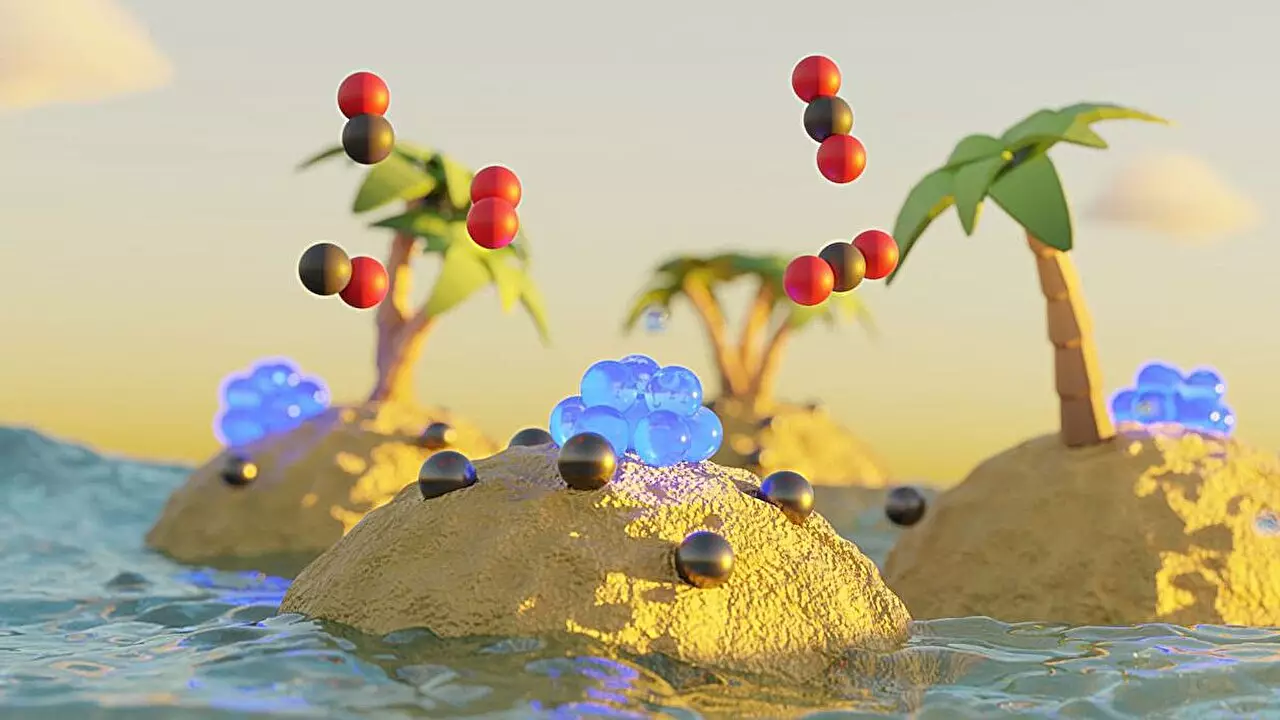Catalysts are essential in the realm of chemical manufacturing, playing a pivotal role in the production of over 90% of the chemical products in our daily lives. Their primary function is to accelerate chemical reactions, making them not only faster but also more energy-efficient. Many reactions would be impossible without catalysts, showcasing their importance in both industrial processes and everyday applications. As the urgency for sustainable practices intensifies, the demand for more efficient catalytic systems has risen. In this context, research from the Karlsruhe Institute of Technology (KIT) has unveiled innovative approaches to optimize noble-metal catalysts.
Recent findings from KIT, published in the prestigious journal Angewandte Chemie, reveal significant advancements in the stabilization of noble-metal catalysts, reducing the amount of noble metals needed for their synthesis. This is not only a leap towards enhancing performance but also a crucial step in promoting sustainable resource utilization. Dr. Daria Gashnikova, the lead author of the study, emphasizes that this new methodology substantially improves catalyst longevity while ensuring that effective noble-metal clusters are created even with minimal metal usage.
At the heart of this research lies an in-depth examination of supported catalysts, which are characterized by their composition of tiny nanoparticles dispersed over a support material. These nanoparticles are dynamic structures that can alter their arrangement based on varying reaction environments. This inherent mobility, while advantageous in certain respects, also poses challenges. Larger particles tend to form over time, resulting in a decrease in the available active surface area, thus diminishing catalytic efficiency. Conversely, the breakdown of these particles into isolated atoms can render them ineffective, further complicating the performance of the catalyst during chemical reactions.
The innovative concept introduced by the KIT researchers addresses these issues by leveraging the different interactions between noble metals and various support materials. By fine-tuning these interactions, the stability of noble-metal catalysts improves significantly, allowing for optimal catalytic performance with reduced metal content. This dual approach not only enhances the efficiency of the catalytic process but also aligns with the escalating demand for sustainable practices within the chemical industry.
The implications of these advancements in catalytic technology extend beyond mere efficiency. They signal a transformative shift towards sustainable practices, potentially leading to reduced costs and a lower environmental impact. As the chemical industry grapples with the challenges of resource scarcity and the need for greener methodologies, studies like those from KIT can guide future innovations in catalysis. Embracing these new strategies could revolutionize the development of chemical products, setting a precedent for a more sustainable future in the field.

